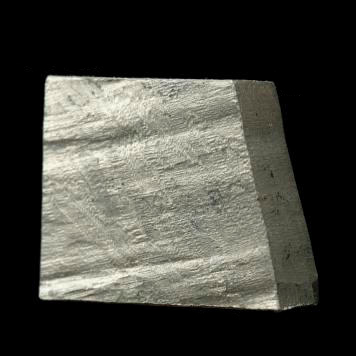◊
◊
◊
◊
Earth’s largest carbon reservoir in the form of calcium carbonate



| Ca | Z = 20 | ◊ ◊ ◊ ◊ ◊ |
Calcium | |
| From the Greek "calx", meaning "limestone" | ||||
| (AM) Atomic Mass | 40.078 amu | ♦ | +2 | |
| 1464 °C | ♦ | 839 °C | ||
| 1.55 g/cm3 | ♦ | Face Centered Cubic | ||
| 1 | ♦ | 1.74 Å | ||
| Solid | ♦ | (C) Heat Capacity | 0.647 J/g °C | |
| Electronic-Config | [Ar] 4s2 | ♦ | 589.81 kJ/mol | |
| 154.7 kJ/mol | ♦ | 8.54 kJ/mol | ||
| 1879 | ♦ | England | ||
| (E°) Standard Potential | Ca+⇔ Ca (-3.800 V), Ca2+⇔ Ca (-2.868 V) | |||
| Stable isotopes | 40Ca, 42Ca, 43Ca, 44Ca, 46Ca | |||
| Discovered/Synthesized by | Sir Humphry Davy | |||
| Natural Source | The mineral/ore calcite, dolomite, gypsum, plagioclases, amphiboles, pyroxenes and garnets | |||
| Common Uses | Chalk, gypsum, plaster, mortar, cement, antacids | |||
| Other Info | Makes up 50 percent of bone mass as well as dental enamel Earth’s largest carbon reservoir in the form of calcium carbonate |
|||
Previous Element |
 |
Next Element |
||
| Back to Table |
Common Properties |
|||
| Home Page |
Definitions |
|||